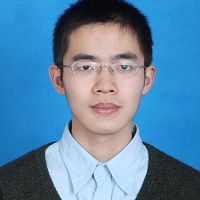Jiang & Kumar, 2018
Interactions of information transfer along separable causal paths
Jiang, P. and Kumar, P. (2018)
Physical Review
-
IML, GRAD STUDENT
-
IML, INVESTIGATOR
Abstract
Complex systems arise as a result of interdependences between multiple variables, whose causal interactions can be visualized in a time-series graph. Transfer entropy and information partitioning approaches have been used to characterize such dependences. However, these approaches capture net information transfer occurring through a multitude of pathways involved in the interaction and as a result mask our ability to discern the causal interaction within a subgraph of interest through specific pathways. We build on recent developments of momentary information transfer along causal paths proposed by Runge [Phys. Rev. E 92, 062829 (2015)] to develop a framework for quantifying information partitioning along separable causal paths. Momentary information transfer along causal paths captures the amount of information transfer between any two variables lagged at two specific points in time. Our approach expands this concept to characterize the causal interaction in terms of synergistic, unique, and redundant information transfer through separable causal paths. Through a graphical model, we analyze the impact of the separable and nonseparable causal paths and the causality structure embedded in the graph as well as the noise effect on information partitioning by using synthetic data generated from two coupled logistic equation models. Our approach can provide a valuable reference for an autonomous information partitioning along separable causal paths which form a causal subgraph influencing a target.
Citation
Jiang, P. and Kumar, P. (2018): Interactions of information transfer along separable causal paths. Physical Review. DOI: 10.1103/PhysRevE.97.042310
 This Paper/Book acknowledges NSF CZO grant support.
This Paper/Book acknowledges NSF CZO grant support.
Explore Further


